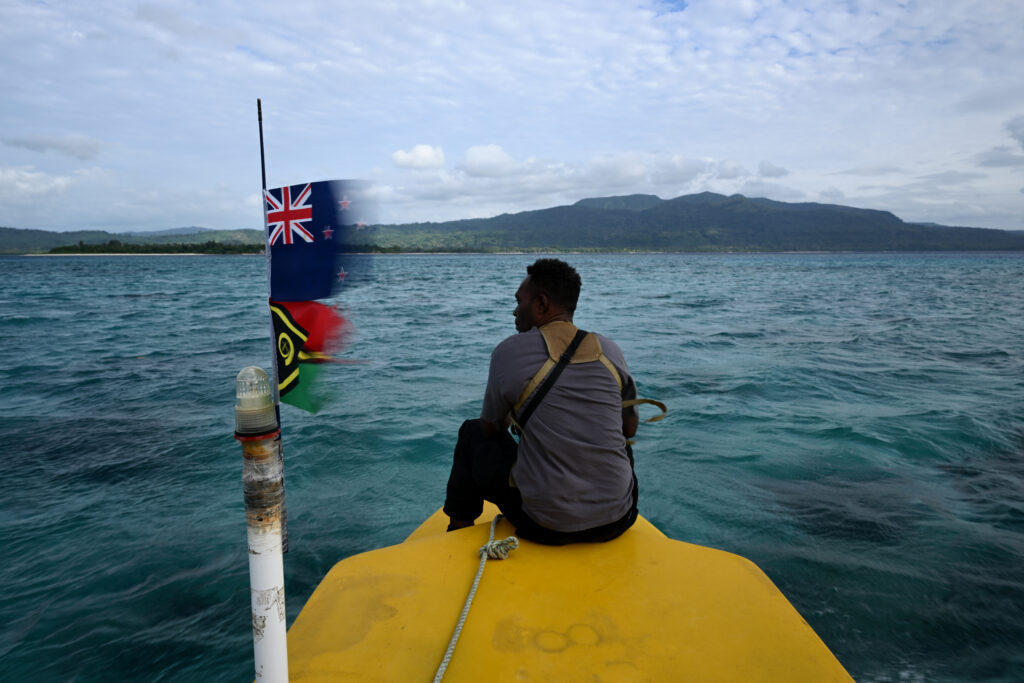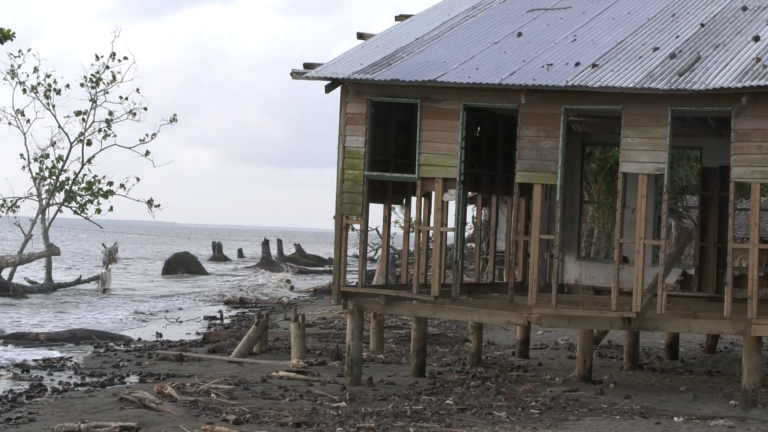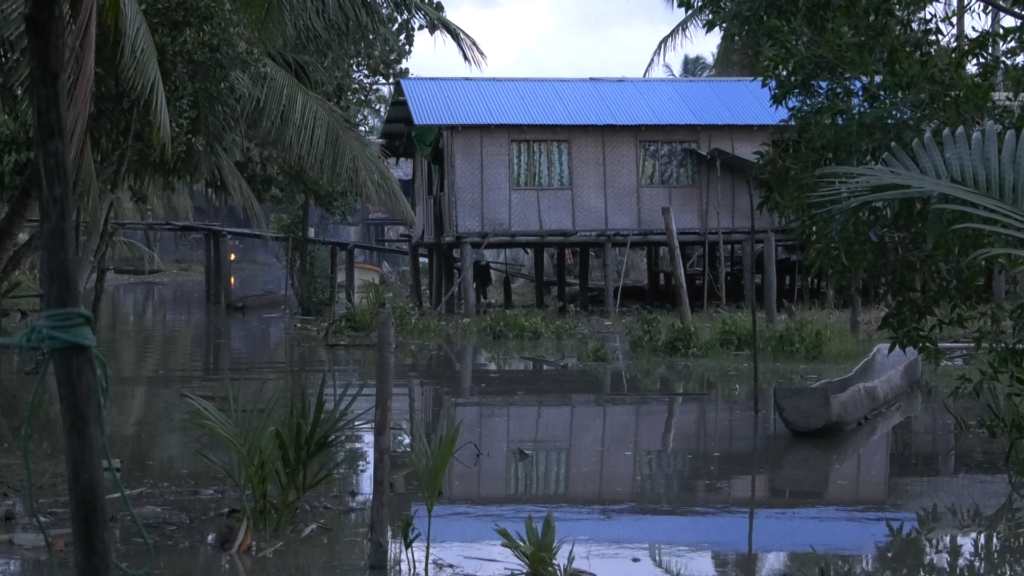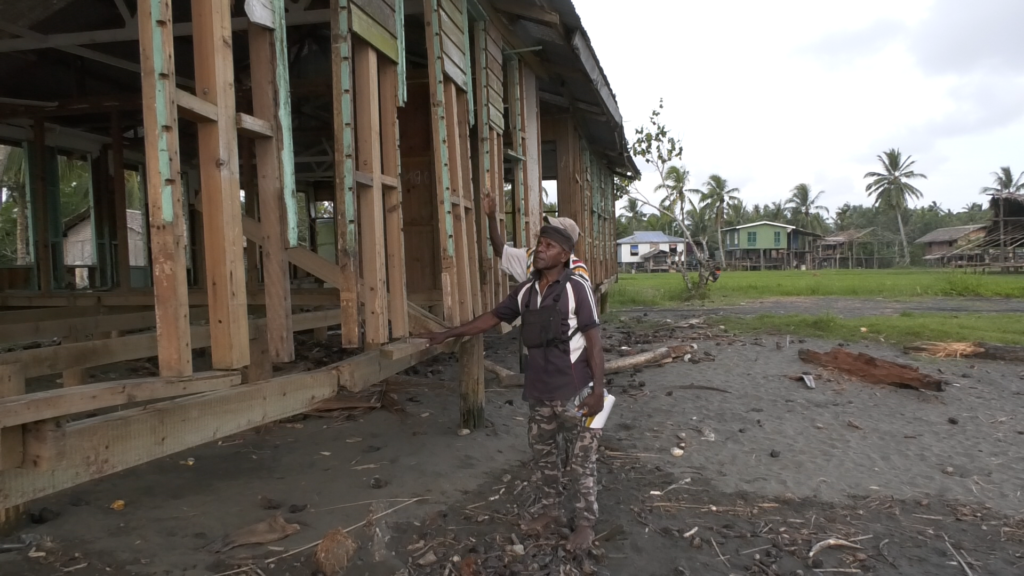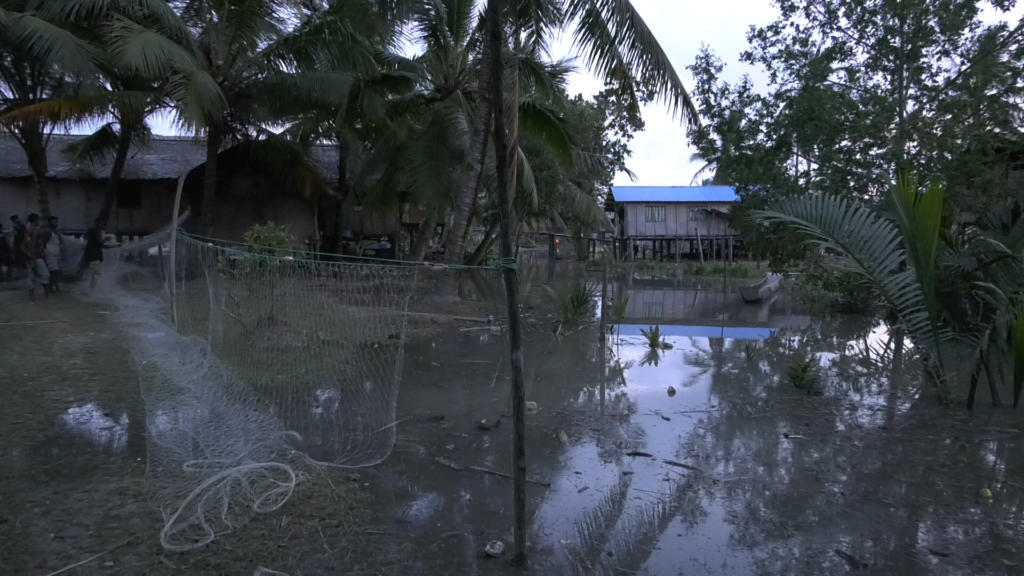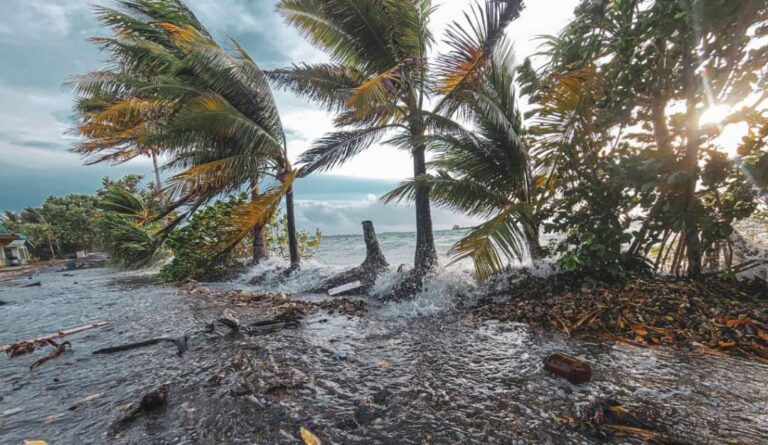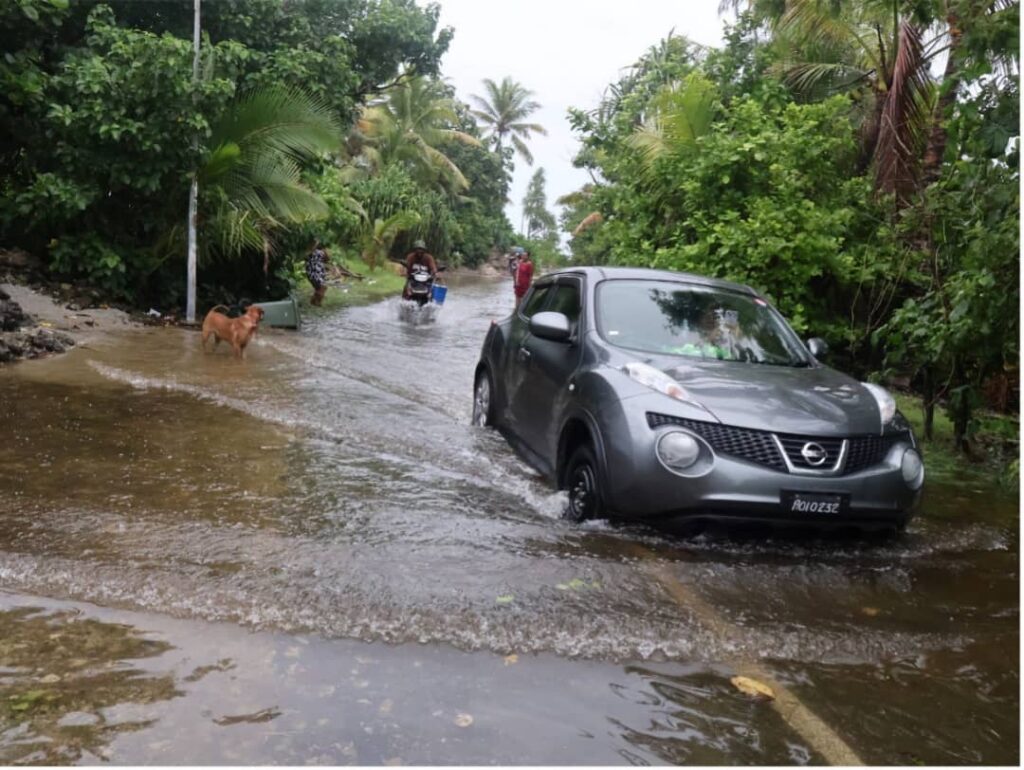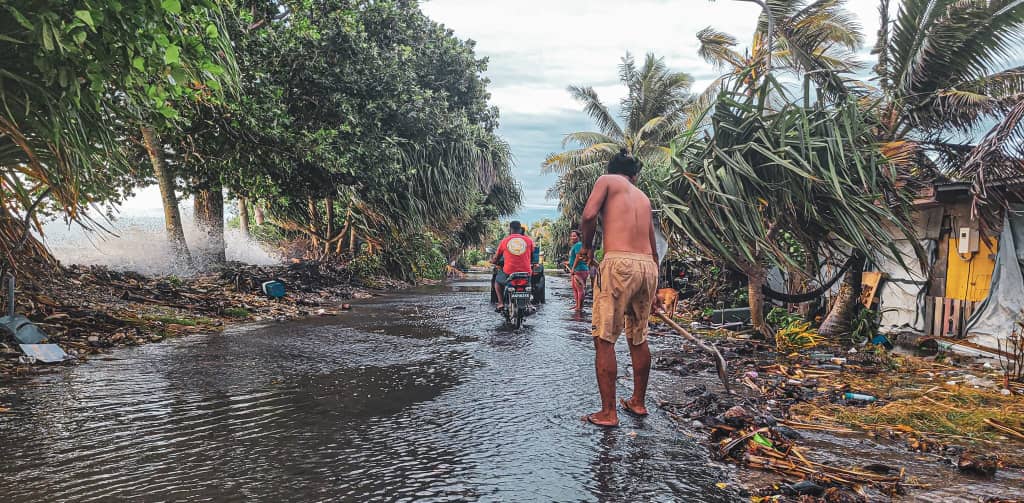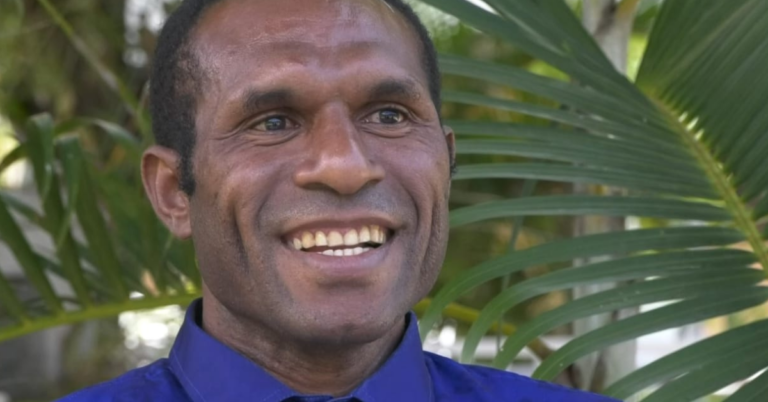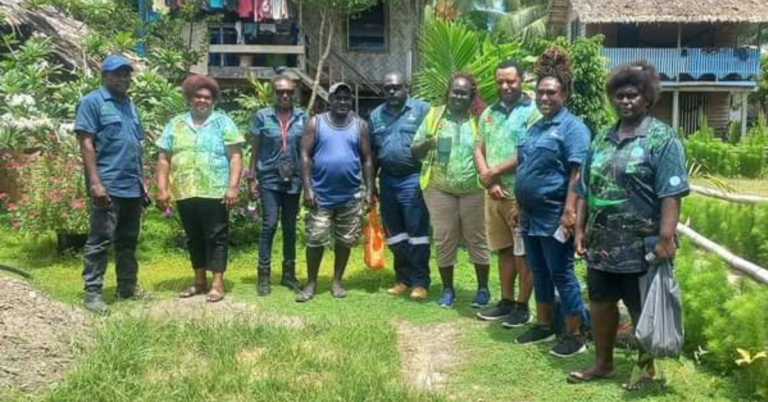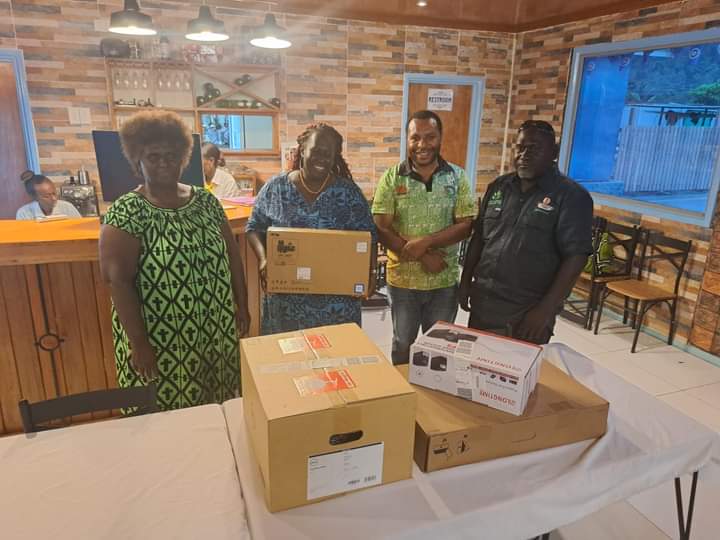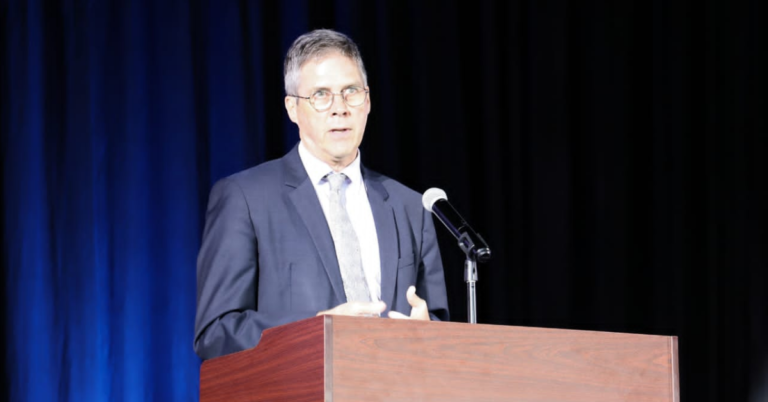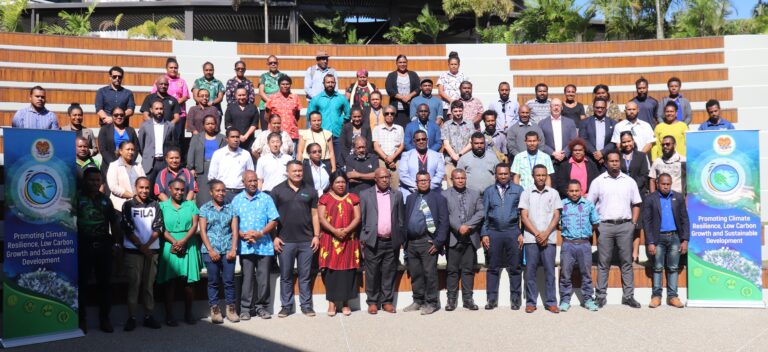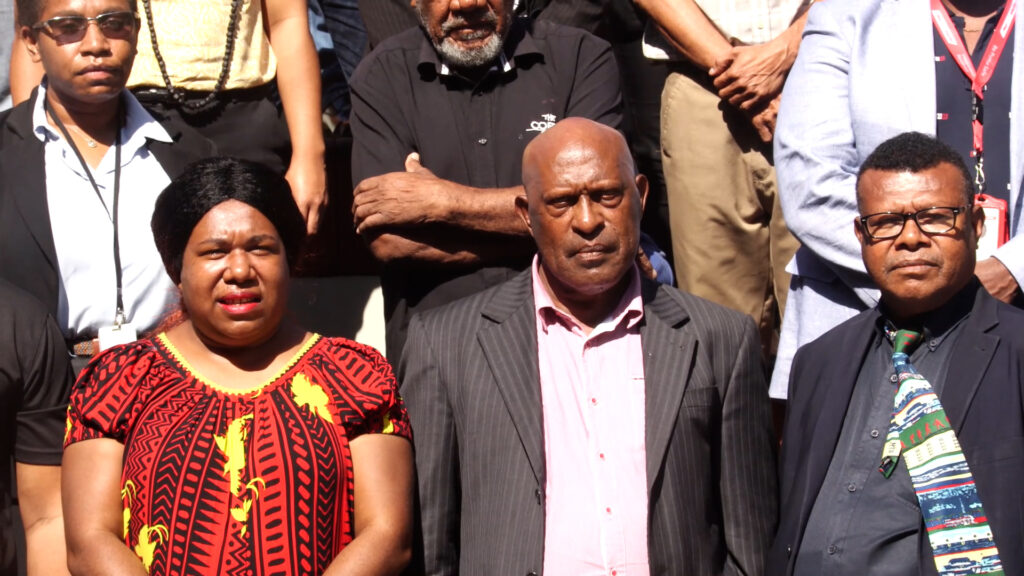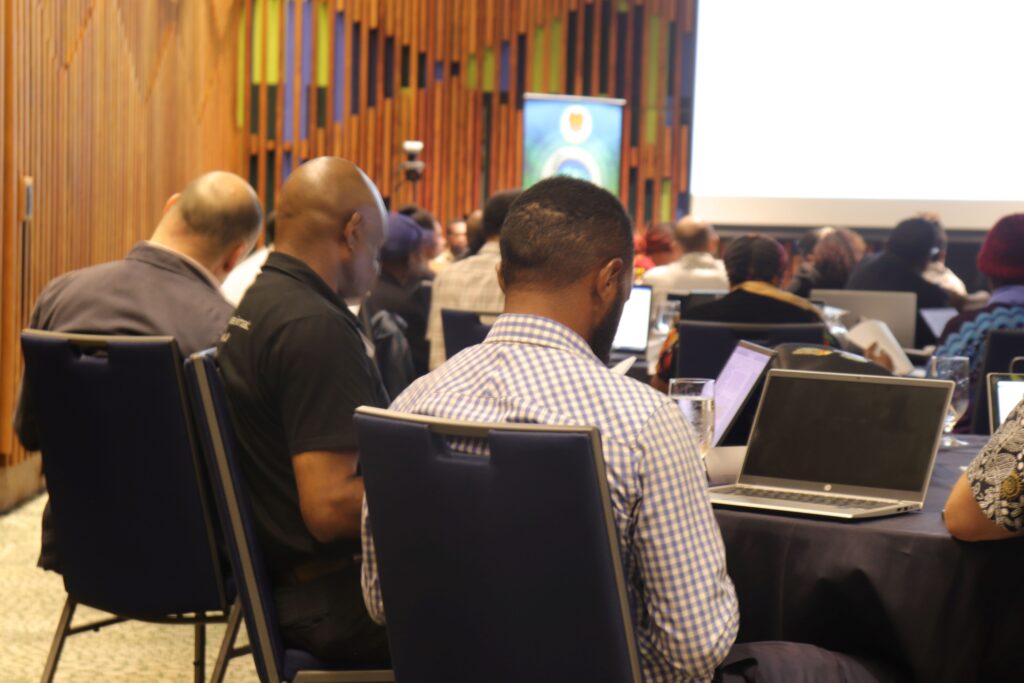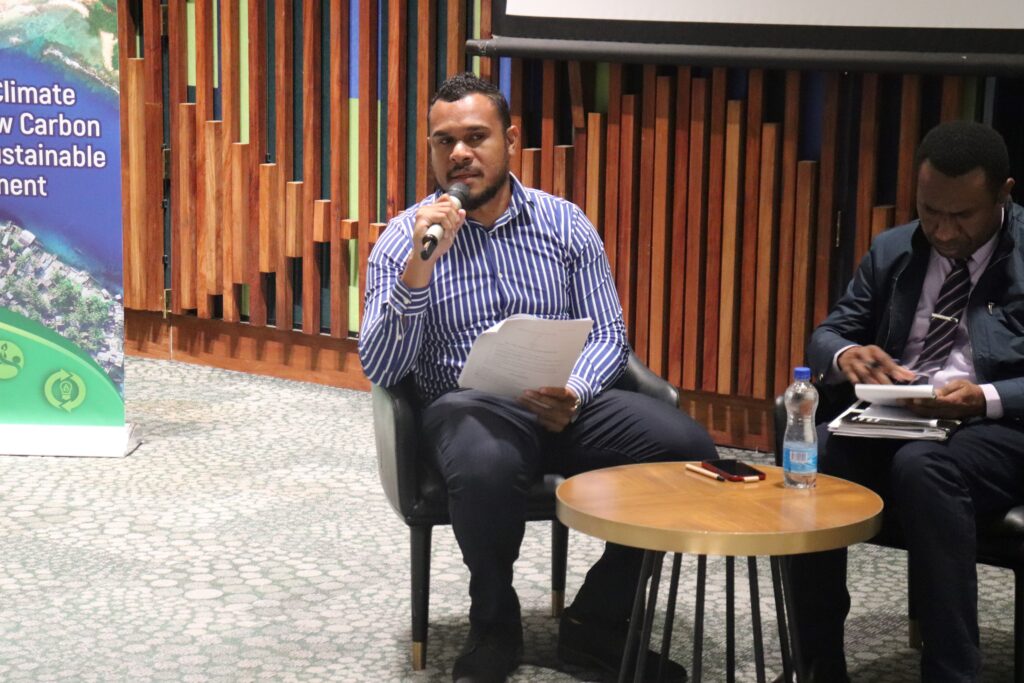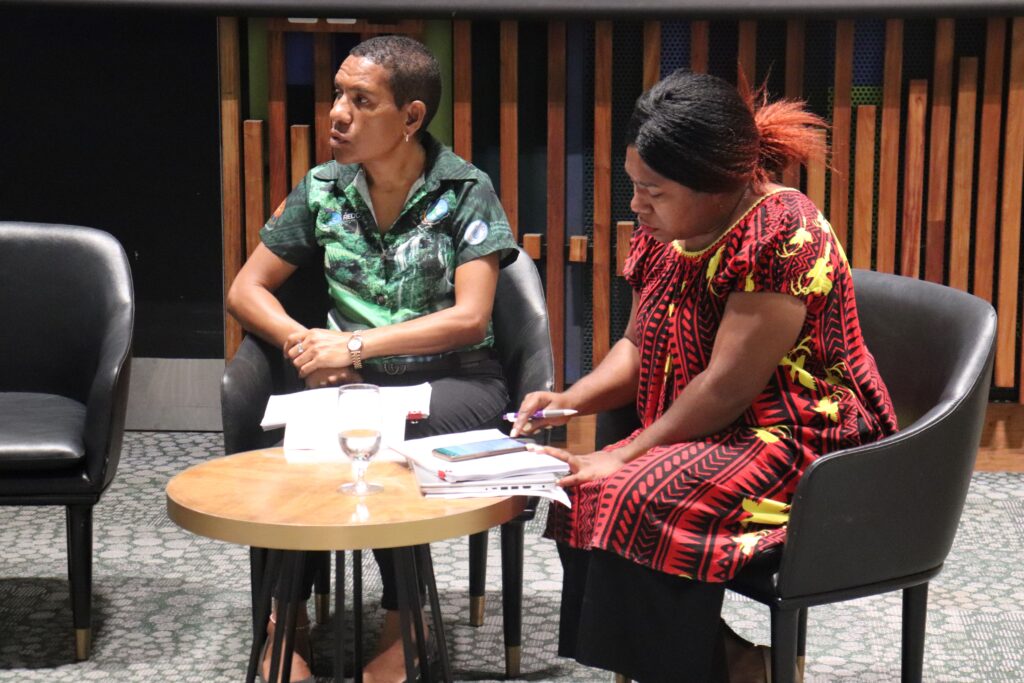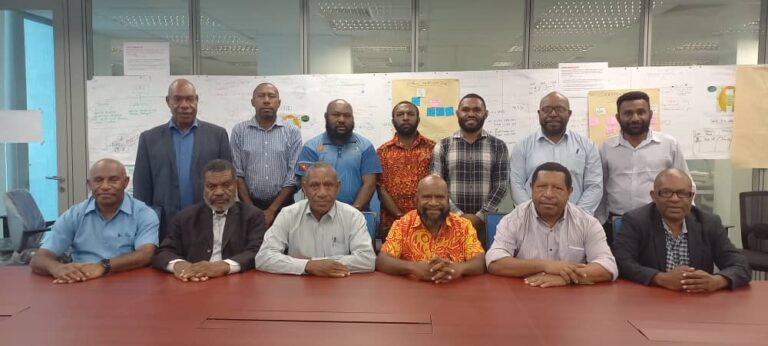Climate change isn’t just a distant threat for our Pacific island communities; it’s a daily struggle impacting homes, food, and livelihoods.
Helen Tony, who lives in the small, low-lying village of Unakap on Vanuatu’s Nguna island, knows this reality all too well.
For 15 years, Helen has seen how a changing climate makes life harder. Growing fruits and vegetables has become a challenge, especially after cyclones bring destructive insects. Her husband too, is catching fewer fish because the reefs and ocean ecosystems are damaged by extreme weather, warmer waters, and ocean acidification.
Their family of five relies on income to buy food from local markets, but even Helen’s traditional craft of weaving mats, fans, purses, and baskets from pandanus leaves has been hit.
“To weave them… the leaves need to be dry but more rain than is typical has been shrinking her output and the cash she generates selling her wares.”
A Constant Battle for Recovery
Vanuatu, an archipelago familiar with volcanoes, earthquakes, tsunamis, and landslides, is no stranger to disaster and the long road to recovery. However, the added burden of climate change impacts and more intense cyclones and storms is making it increasingly difficult to bounce back.
Pallen Abraham Philip, World Vision’s humanitarian emergency security affairs manager, notes that while cyclones have always been part of life, they’re now stronger and hitting out of season.
“They’re still in the recovery mode, then the next hits,” he explains.
This was evident with Category five Cyclone Pam in 2015 and the twin tropical cyclones Judy and Kevin that tore through just days apart in 2023.
Finding Solutions, Facing New Challenges
Significant funding is crucial for vulnerable regional and rural communities to recover and adapt. Vanuatu receives support through various programs, including the Green Climate Fund on Nguna and neighbouring islands, backed by the Vanuatu government and Save the Children.
Australia’s $50 million contribution to this is part of its broader $100 million Pacific Resilience Facility, which supports small, high-impact initiatives to help communities prepare for disasters.
Whitely Tasaruru, the Nguna and Pele area climate change manager for Vanuatu’s Community-based Climate Resilience Project, works to ensure adaptation measures like coastal tree planting, seawall construction, and coral restoration work together.
For Nguna, the long-term goal is to gradually relocate low-lying villages to higher ground. In the short term, communities want to protect buildings and infrastructure, including the road connecting coastal communities.
Mr. Tasaruru says planting more vegetation and trees along the shoreline will help, as will a planned seawall in an erosion-prone spot.
However, climate solutions can sometimes create new problems. For example, building a road to higher ground for relocating households has involved mining sand from the island’s beach for the cement structure.
“But extracting the sand has created openings and channels on the beach that are leaving nearby settlements more exposed to storm surge and wash damage.”
“Many community members here have concerns,” Mr. Tasaruru shares, suggesting sourcing sand from Port Vila on the mainland island of Efate as a better option.
Innovation Amidst Adversity
On neighbouring Pele, Salome Kalo from Pilliura village has championed a solar-powered food dryer. With sandy, less productive soil, food security is a concern, especially with storms.
The dryer, which uses warm air to preserve produce, “helps us a lot,” says Ms. Kalo. Unfortunately, their dryer was destroyed in a storm a few months ago. “We have to build that again this month.”
Like Nguna, Pele communities are also scouting higher ground for future relocation. Edward Lani from Pilliura village expects their way of life to change when they move away from the beach.
“There are people who live along the coast, they depend entirely on the ocean for food but if they move inland, it would change their way of getting food for the household,” he explains.
But for Mr. Lani, moving inland isn’t his biggest worry. He’s more concerned that young people will leave the island entirely to escape the worsening environmental conditions.
Source: AAP

